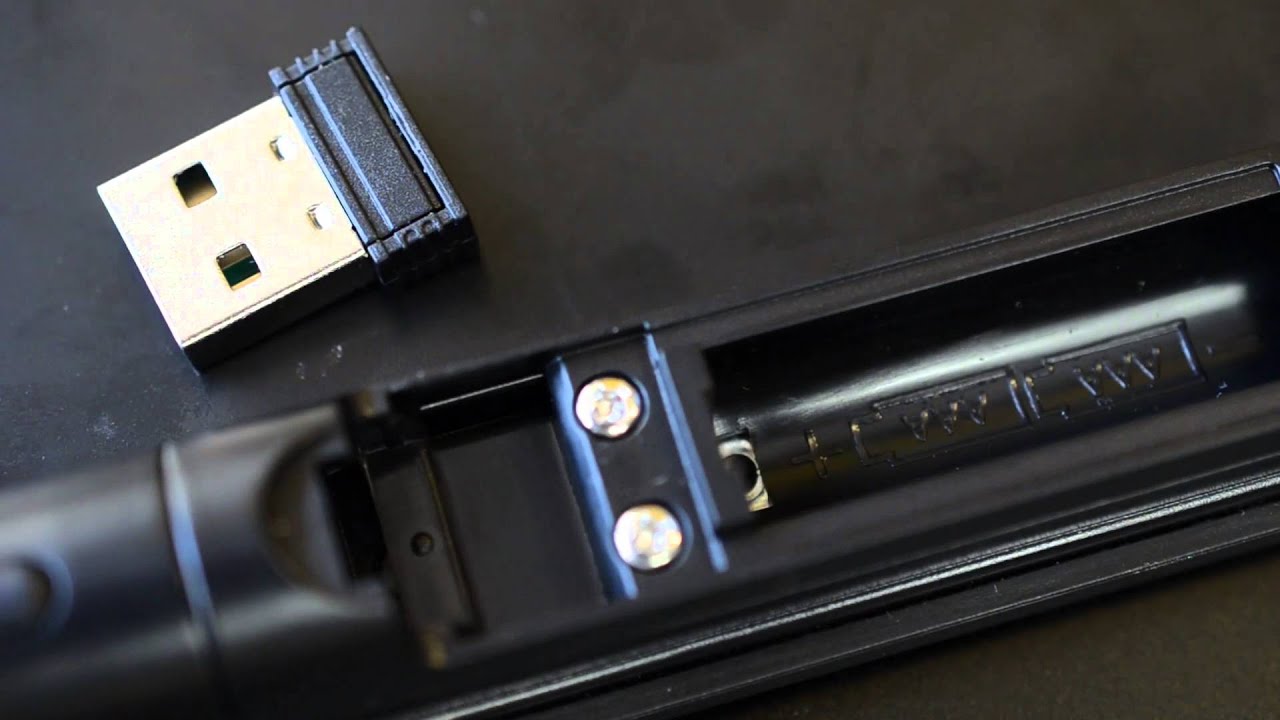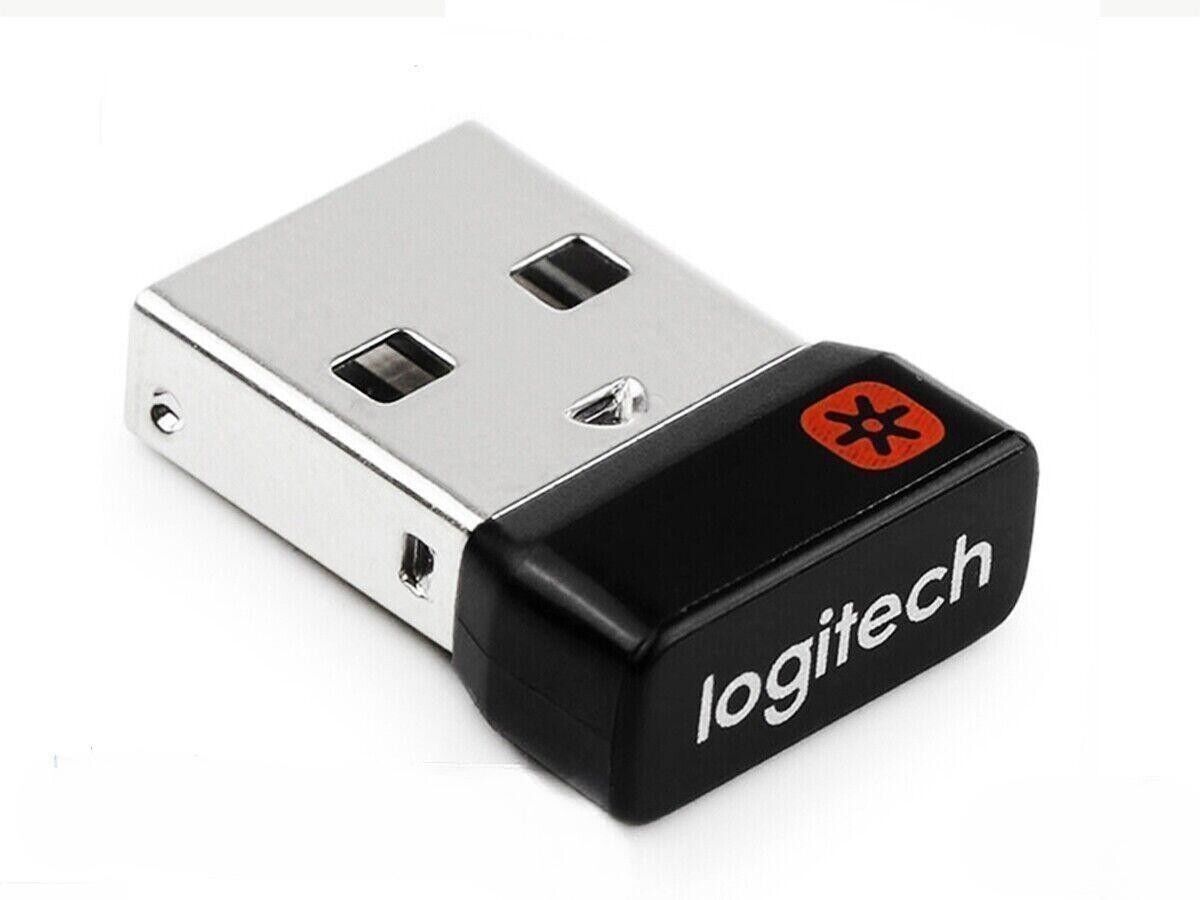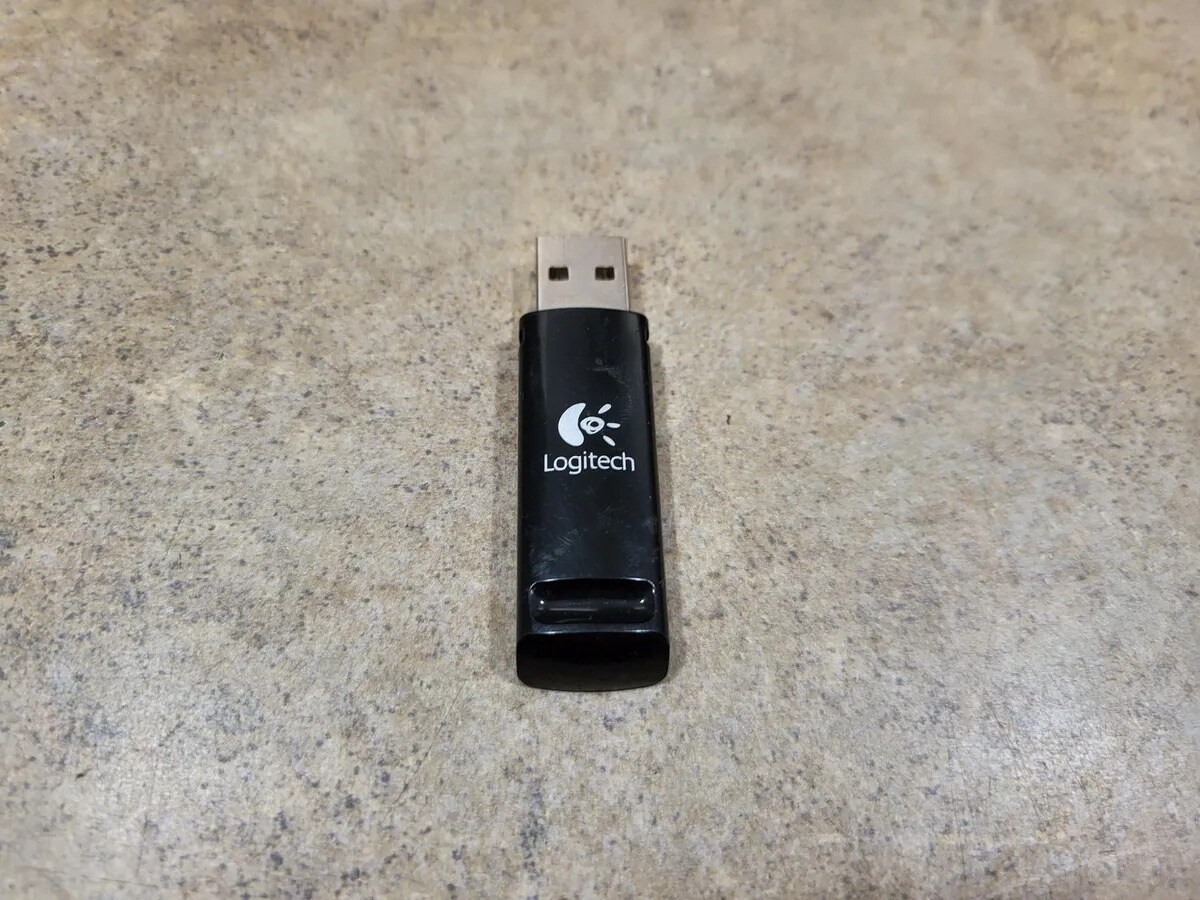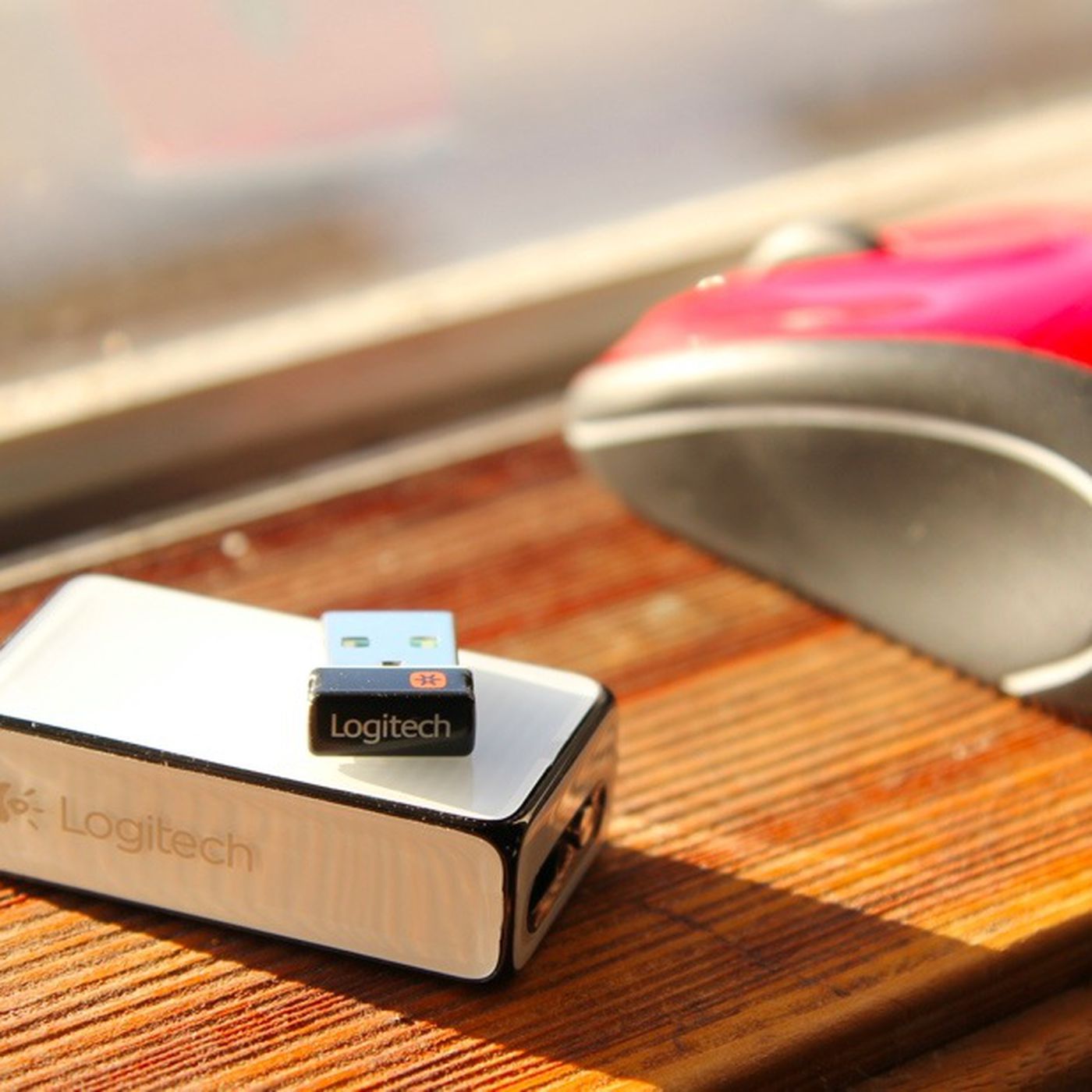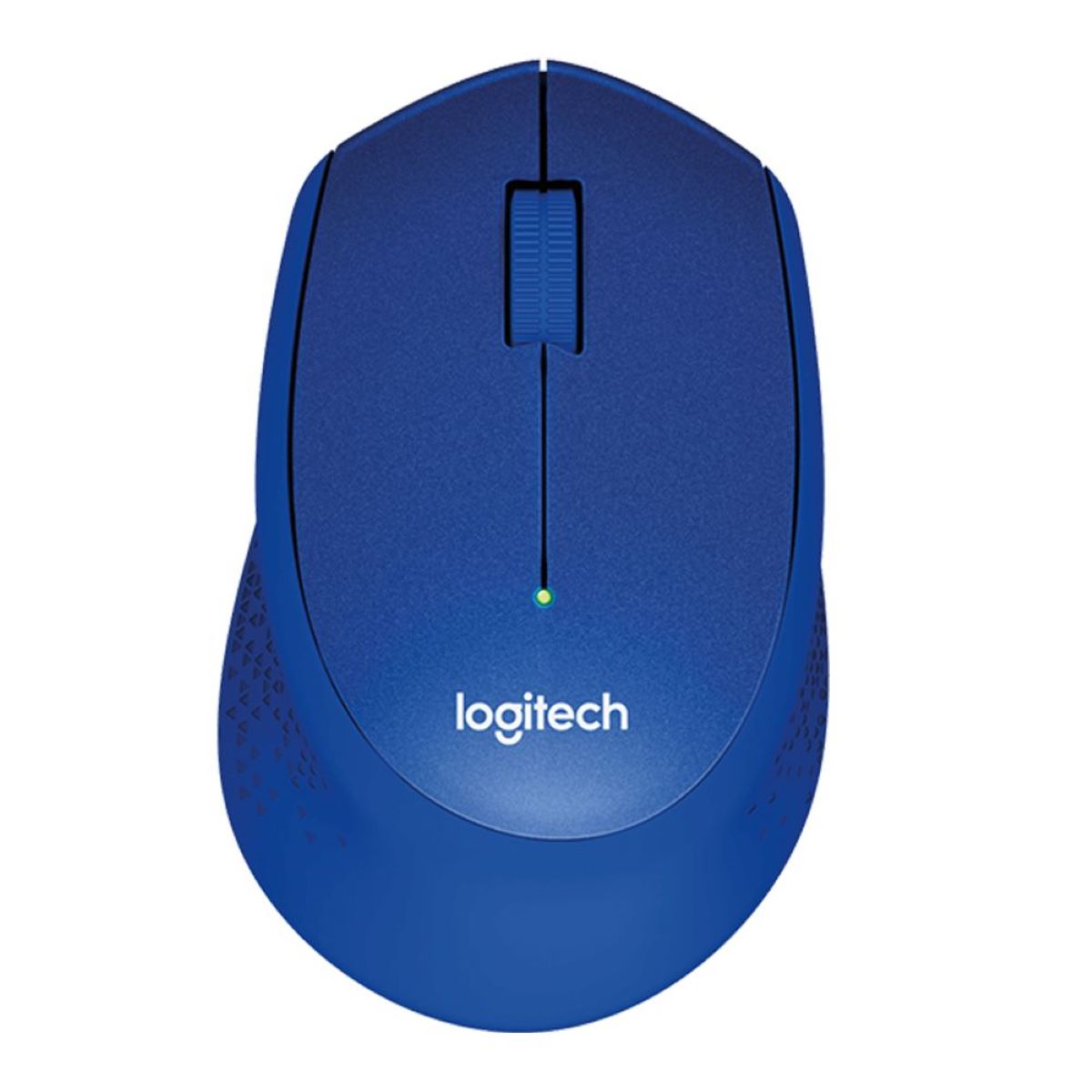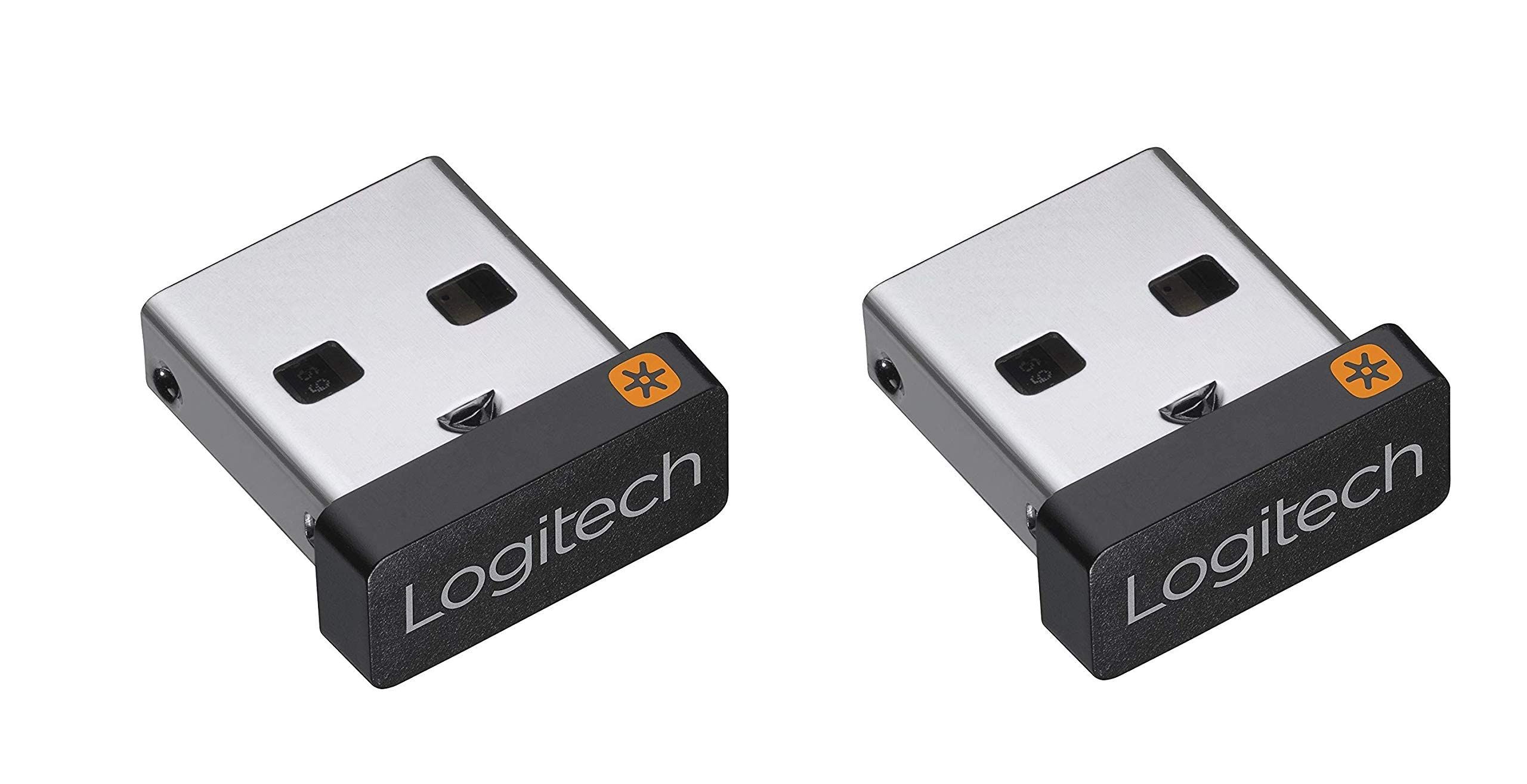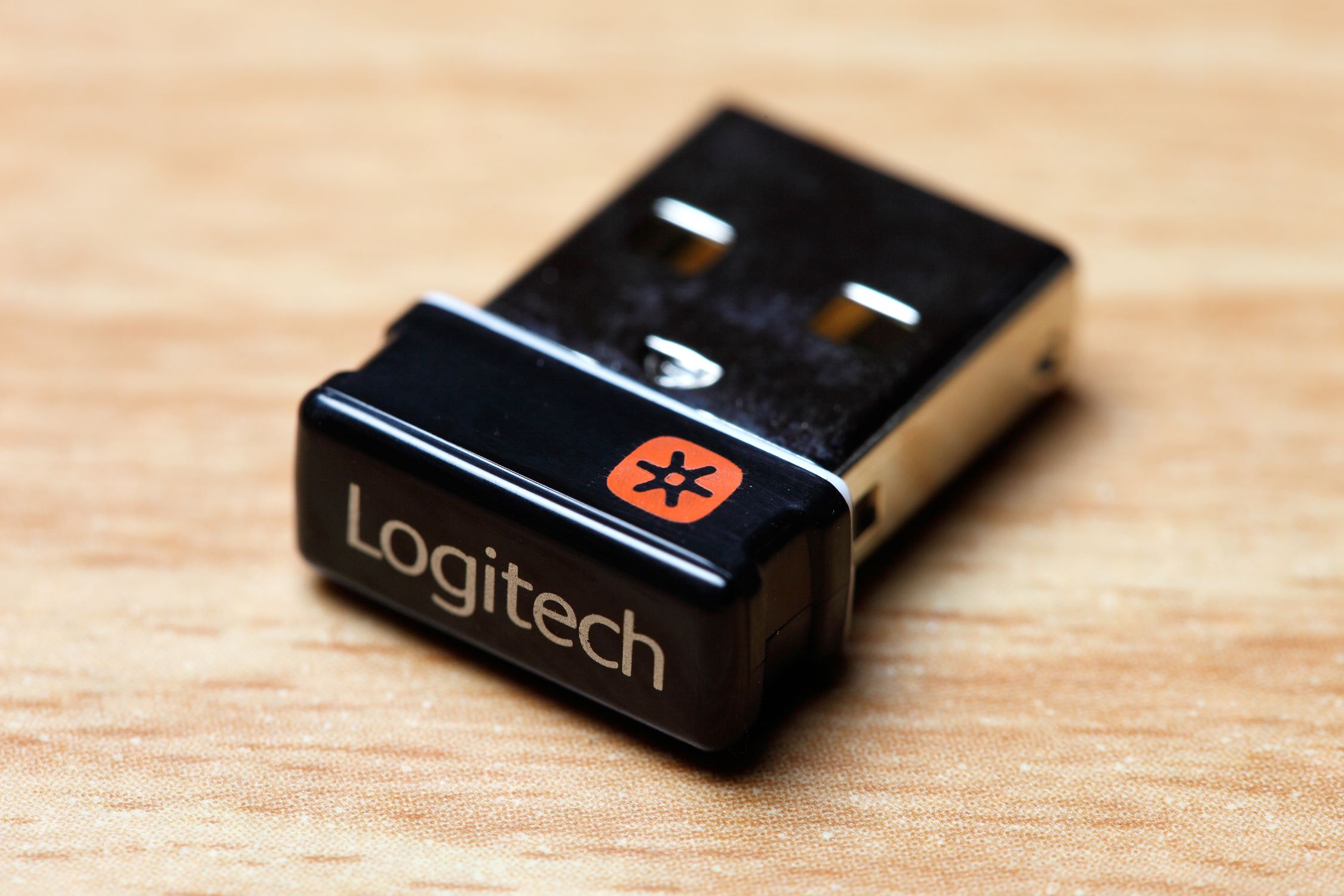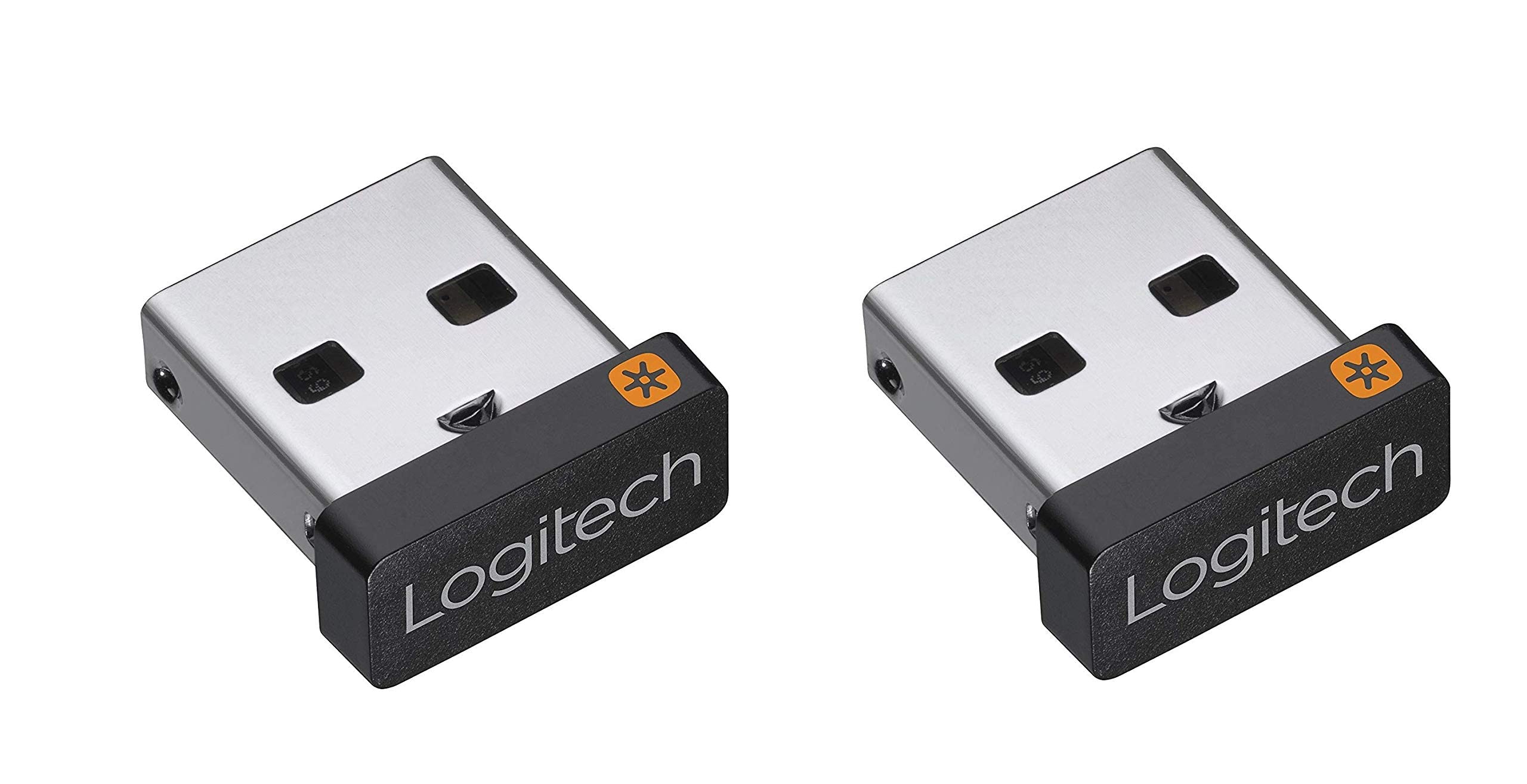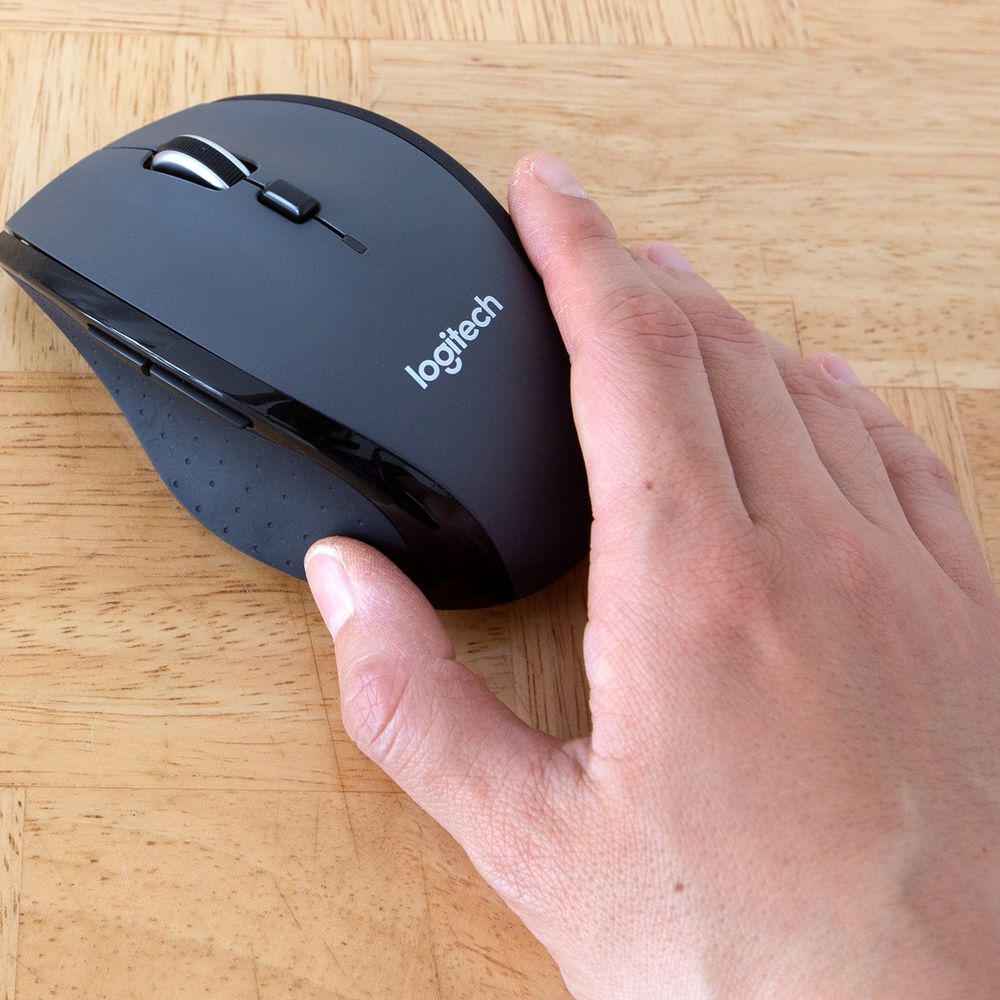Introduction
Wireless keyboards have become increasingly popular due to their convenience and flexibility. However, one of the common frustrations that users face is misplacing the wireless keyboard’s USB receiver. Without the USB receiver, the keyboard becomes practically useless.
While losing the USB receiver may seem like a major setback, there are several steps you can take to resolve the issue and get your wireless keyboard back up and running. In this article, we will discuss what to do if you have lost your wireless keyboard USB receiver.
Whether you accidentally misplaced the USB receiver or it got lost during a move, there are a few troubleshooting steps you can follow to locate it. These steps will help you minimize the inconvenience and save you the trouble of purchasing a new keyboard altogether.
In the following sections, we will explore different options to find a solution. It is important to note that not all solutions will work in every scenario. Consider trying each step and proceed to the next if the previous one doesn’t work for you.
Now, let’s dive into the various methods you can employ to recover or replace your lost wireless keyboard USB receiver.
Check Your Keyboard’s Batteries
The first step in troubleshooting your lost wireless keyboard USB receiver is to check the batteries of your keyboard. Many wireless keyboards require batteries to function properly, and if they are dead or drained, it could affect the connectivity between the keyboard and the USB receiver.
To check the batteries, flip your keyboard over and locate the battery compartment. Depending on the model, you may need to open a latch or remove a cover to access the batteries. Once you have access to the batteries, make sure they are properly inserted and not corroded. If the batteries are corroded, replace them with fresh ones.
If the batteries are still good, try replacing them with new ones to see if it resolves the issue. Sometimes, even if the batteries appear to have some power, they may not be providing enough voltage for the keyboard to establish a connection with the USB receiver.
After changing the batteries, turn on your keyboard and check if it can establish a connection. If it does, you have successfully resolved the issue without the need for the USB receiver. However, if the keyboard still doesn’t work, proceed to the next step.
Checking the batteries is a simple yet essential troubleshooting step that can potentially solve connectivity issues with your wireless keyboard. It’s always recommended to use fresh, high-quality batteries to ensure optimal performance.
Remember, this step is only applicable if your keyboard requires batteries. If your wireless keyboard is rechargeable, skip this step and move on to the next troubleshooting method.
Look for the USB Receiver
In your quest to find a solution for your lost wireless keyboard USB receiver, the next step is to thoroughly search for it. Sometimes, the receiver can be misplaced or hidden among other devices or cables on your desk or in the surrounding area.
Start by checking the immediate vicinity of your computer or workspace. Look for any small USB devices plugged into your computer or nearby USB hubs. The wireless keyboard USB receiver is typically a small dongle that plugs into a USB port on your computer.
If you cannot locate the USB receiver near your computer, expand your search to other areas where you may have used the keyboard. Check your backpack, laptop bag, or any other places where you keep your computer accessories. It’s not uncommon for the receiver to get accidentally stored along with other items or tucked away in a pocket or compartment.
Additionally, consider retracing your steps if you recently moved or traveled with your wireless keyboard. It’s possible that the USB receiver got left behind or misplaced during the transition. Don’t forget to check any bags, suitcases, or compartments that were used to transport your keyboard.
If you have multiple USB ports on your computer or USB hub, make sure to inspect each port carefully. Sometimes, the USB receiver may have been accidentally plugged into a different port, causing it to be overlooked.
If, after a thorough search, you still cannot find the USB receiver, proceed to the next troubleshooting method.
Remember, the USB receiver is a small and easily misplaced item, so it’s important to stay patient and diligent while searching for it. Keeping your workspace organized and designating a specific place to store the USB receiver can also help prevent future incidents of misplacement.
Contact the Manufacturer
If you have exhausted all other options and still cannot locate your wireless keyboard USB receiver, it may be time to reach out to the manufacturer for support. Many keyboard manufacturers provide customer service channels to assist with technical issues or lost accessories.
Start by visiting the manufacturer’s website and look for a support or contact section. Here, you will find information on how to get in touch with their customer service team. It’s often preferable to use their official channels rather than third-party sources to ensure reliable and accurate assistance.
When contacting the manufacturer, provide them with the model and serial number of your wireless keyboard. This information will help them identify the specific USB receiver that is compatible with your device. They may be able to offer guidance on how to obtain a replacement USB receiver.
Keep in mind that some manufacturers may charge a fee for replacement USB receivers, while others may provide them as part of their warranty or for a nominal charge. Make sure to inquire about any associated costs and shipping procedures during your conversation with their customer service representative.
In situations where the manufacturer no longer produces or supports your keyboard model, they may suggest alternative solutions or recommend compatible USB receivers from other manufacturers. It’s always helpful to provide them with as much information as possible about your keyboard to expedite the process.
While contacting the manufacturer may not guarantee a free replacement USB receiver, they are knowledgeable about their products and can provide valuable guidance and assistance. They may be able to find a solution that will enable you to continue using your wireless keyboard.
If seeking support from the manufacturer does not yield a satisfactory outcome, proceed to the next troubleshooting method.
Use a Different USB Receiver
If you are unable to find the original USB receiver for your wireless keyboard, one possible solution is to use a different USB receiver. This method may work if the new receiver is compatible with your keyboard model.
The first step is to determine if your keyboard supports multiple USB receivers. Some wireless keyboards are designed to be compatible with more than one receiver, allowing you to switch between them. Check the manufacturer’s documentation or website to see if this is a feature of your keyboard.
If your keyboard supports multiple receivers, you can purchase a new USB receiver from the manufacturer or a third-party retailer. Make sure to choose a receiver that is specifically designed for your keyboard model to ensure compatibility.
Once you have the new USB receiver, plug it into an available USB port on your computer. Follow the pairing instructions provided by the manufacturer to establish a connection between the keyboard and the new receiver.
In some cases, you may need to install additional software or drivers for the new receiver to work properly. Check the manufacturer’s website for any necessary downloads or instructions specific to your keyboard model.
If your keyboard does not support multiple USB receivers, using a different receiver may not be an option. However, you can consider alternative connectivity options, such as Bluetooth, which we will discuss in the next step.
Using a different USB receiver can be a practical solution for those who are unable to locate the original receiver. It allows you to continue using your wireless keyboard without the need for a replacement or purchasing a new keyboard altogether.
If this method does not apply to your situation or does not resolve the issue, it’s time to explore the next troubleshooting method.
Use a Bluetooth Adapter
If you have a wireless keyboard that supports Bluetooth connectivity, another option to consider is using a Bluetooth adapter. This method allows you to connect your keyboard to your computer without the need for a USB receiver.
First, check if your wireless keyboard has built-in Bluetooth functionality. If it does, you can skip the next step. However, if your keyboard does not have Bluetooth built-in, you will need to purchase a Bluetooth adapter.
A Bluetooth adapter is a small device that plugs into a USB port on your computer and provides Bluetooth connectivity. These adapters are widely available from various manufacturers and can be found at electronics stores or online retailers.
Once you have the Bluetooth adapter, insert it into an available USB port on your computer and allow the necessary drivers to install. Follow the instructions provided by the adapter’s manufacturer to ensure proper installation.
Next, enable Bluetooth on your computer by going to the system settings or control panel. Consult your computer’s operating system documentation for specific instructions on how to enable Bluetooth.
Put your wireless keyboard into pairing mode. The method to enter pairing mode may vary depending on the keyboard model. Refer to the manufacturer’s documentation or website for instructions on how to initiate pairing mode for your particular keyboard.
Once your keyboard is in pairing mode, it should appear as a discoverable device in the Bluetooth settings on your computer. Select your keyboard from the list of available devices and follow any on-screen prompts to complete the pairing process.
After the successful pairing, your computer should recognize the Bluetooth connection with your wireless keyboard. You can now use your keyboard without the need for a USB receiver.
Using a Bluetooth adapter provides a convenient way to continue using your wireless keyboard, even if you have lost the USB receiver. It offers a wireless solution without the hassle of dealing with a physical receiver.
If your keyboard does not support Bluetooth or if this method does not resolve the issue, it’s time to consider the final troubleshooting method.
Consider a Replacement Keyboard
If all previous troubleshooting methods have failed to resolve the issue of your lost wireless keyboard USB receiver, it may be time to consider purchasing a replacement keyboard. While this may not be the ideal solution, it can provide a fresh start and ensure uninterrupted productivity.
Before purchasing a replacement keyboard, consider the following factors:
- Compatibility: Ensure that the replacement keyboard is compatible with your computer system. Check the operating system requirements and connectivity options (USB or Bluetooth) to ensure a seamless integration.
- Features: Assess your needs and identify the features that are important to you. Consider factors like keyboard layout, keycap style, backlighting, ergonomic design, and any additional functionality you require.
- Budget: Determine your budget range for a replacement keyboard. Keyboards are available at various price points, so it’s important to find a balance between your requirements and budget.
- Research: Read reviews and user feedback to gain insights into the quality, performance, and durability of different keyboard models. Pay attention to reputable brands known for their keyboard manufacturing expertise.
Once you have chosen a replacement keyboard, make the necessary arrangements to acquire it. You can visit local electronics stores to check their stock availability and try out keyboards in person. Alternatively, online retailers offer a wide range of options with convenient delivery to your doorstep.
When setting up your new keyboard, make sure to follow the manufacturer’s instructions for the initial setup and pairing process. This may involve connecting via USB or Bluetooth, depending on the model and connectivity options.
While purchasing a replacement keyboard may require an investment, it offers a reliable solution for those who have exhausted all options for locating their lost wireless keyboard USB receiver. It also presents an opportunity to upgrade to a keyboard with enhanced features or a more comfortable design.
Remember to keep your new replacement keyboard in a safe place and utilize any recommended methods for preventing loss or misplacement of the USB receiver or other essential accessories.
If none of the previous troubleshooting methods resolved your issue, and the prospect of a replacement keyboard is not feasible, you may need to reach out to a professional technician or consider consulting with computer repair specialists for further assistance.
Conclusion
Losing the USB receiver for your wireless keyboard can be frustrating, but there are several steps you can take to resolve the issue. By checking your keyboard’s batteries, looking for the USB receiver, contacting the manufacturer, using a different USB receiver, or utilizing a Bluetooth adapter, you may be able to restore the functionality of your keyboard without the original USB receiver.
If all else fails, considering a replacement keyboard can provide a fresh start and ensure uninterrupted productivity. Keep in mind factors such as compatibility, features, budget, and research when selecting a replacement keyboard that suits your needs.
It’s important to stay organized and take preventative measures to avoid future incidents of misplacing the USB receiver. Designating a specific place to store the receiver and keeping your workspace tidy can save you time and frustration in the long run.
If none of the troubleshooting methods mentioned in this article are effective or viable, it may be worth seeking help from a professional technician or computer repair specialist. They may have additional solutions or advice to resolve the issue.
Remember, losing the USB receiver doesn’t have to mean the end of your wireless keyboard usage. With a bit of patience and resourcefulness, you can find a resolution and continue enjoying the convenience and flexibility that wireless keyboards provide.







